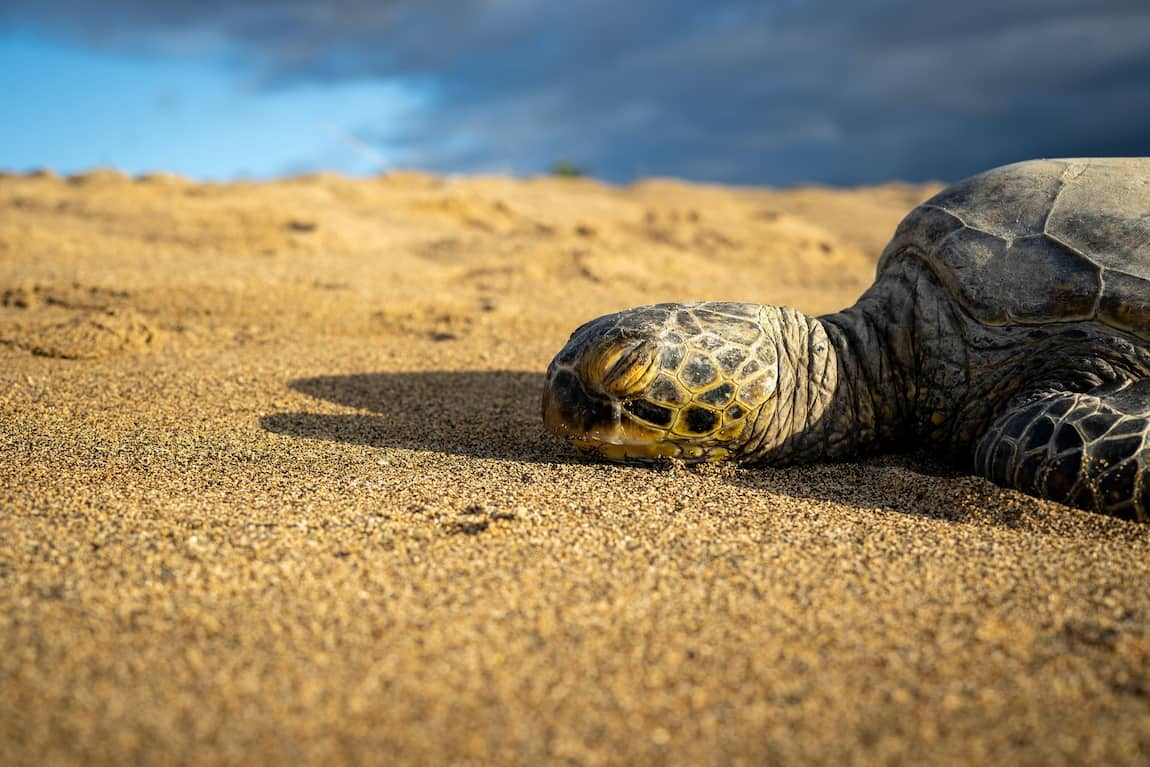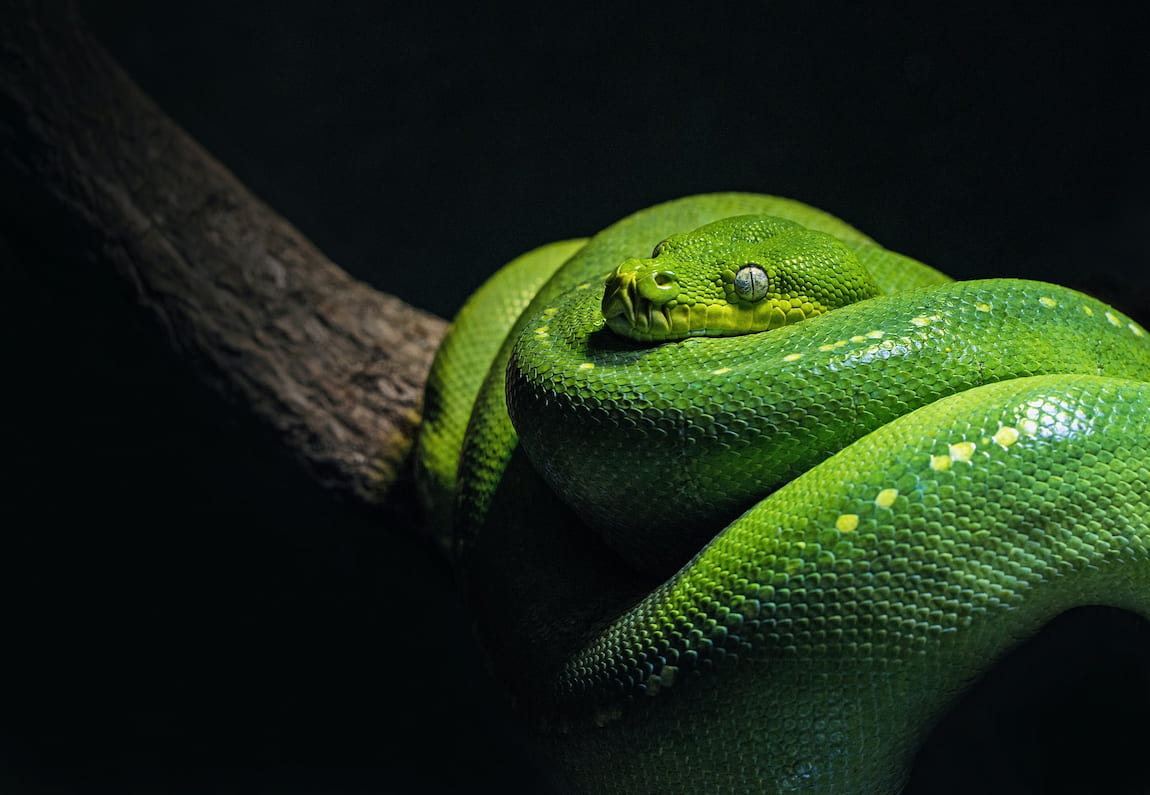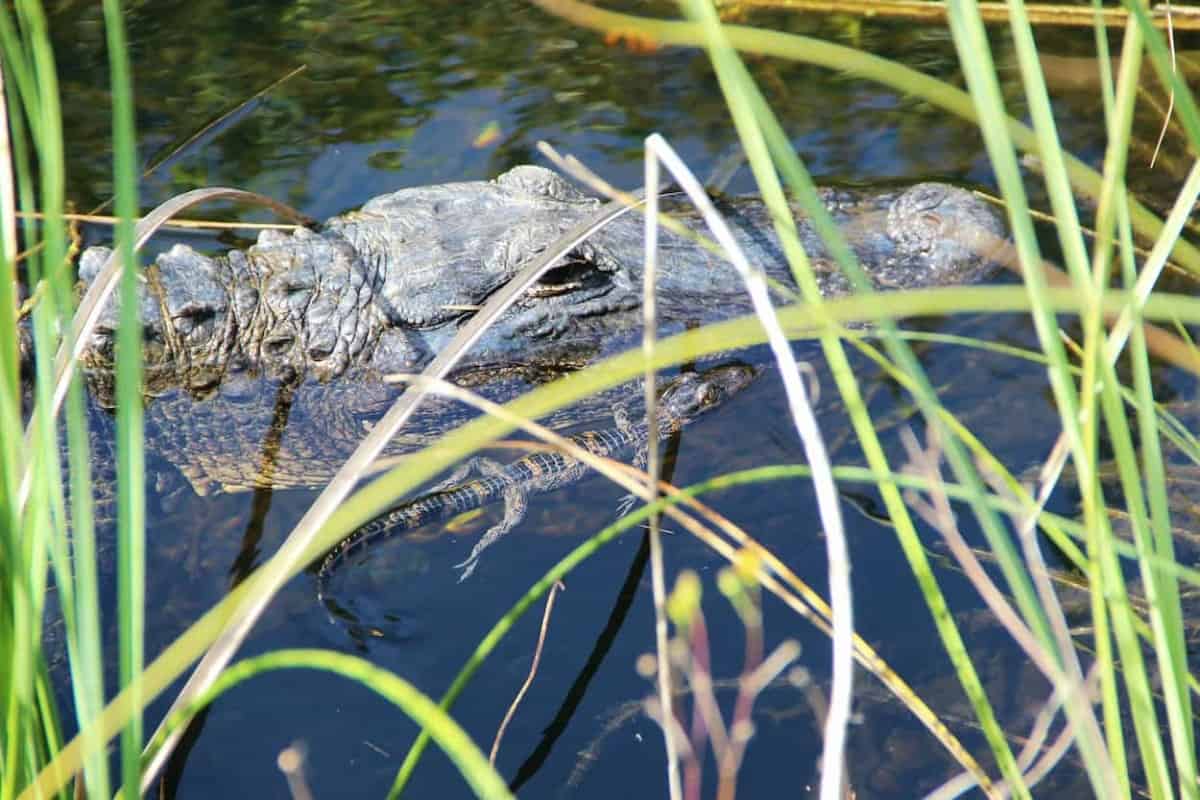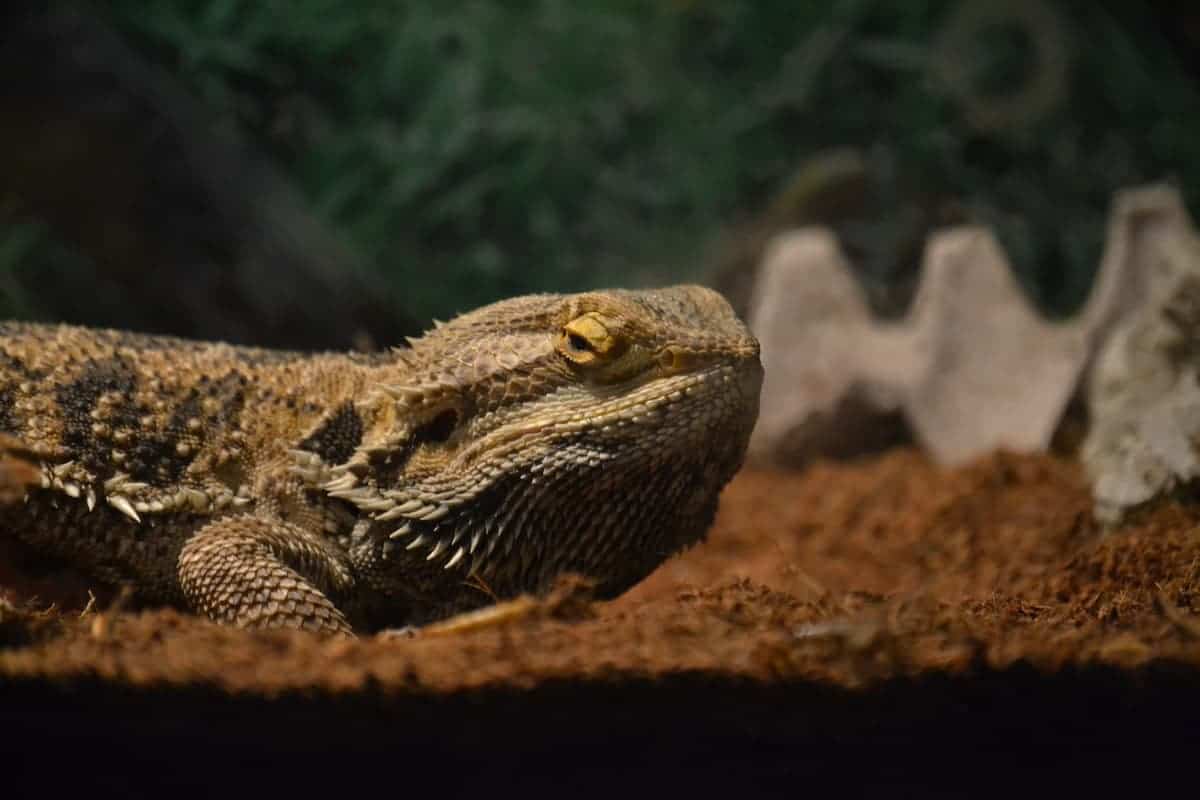Since turtles spend lots of their time underwater, have you ever wondered if turtles sleep underwater too? Fascinatingly only some species of turtles may sleep underwater, while other turtles sleep elsewhere. In this article, we will explore not only if turtles sleep underwater but if they sleep at all and how do different species of turtles sleep?
Where Do Turtles Sleep?
Sea turtles are among some of the only turtles that sleep underwater. Other turtles will either bury themselves in the sand or mud or hide in marshlands. Sea turtles sleep underwater in hidden sea structures and camouflage themselves well. They may also occasionally sleep deep underwater or float beneath the water’s surface and fall asleep.
Turtles that can sleep underwater can take longer breaths, allowing them to sleep underwater. The painted turtle is a unique species of turtle that can draw oxygen from the water while they sleep.
Pet turtles like the musk and mud turtles can also sleep underwater. However, turtles cannot consistently sleep underwater without coming up for air. As a result, sea turtles often take a break during their sleep to swim up to the surface for oxygen and then return to the water to fall asleep again.
When turtles sleep, they sleep during the day and will usually find a place to sleep that has a stable temperature. This applies to turtles sleeping underwater and on land.
Species of turtles that sleep underwater include:
- Pond turtles
- Painted turtles
- Wood turtles
- Map turtles
- Red eared slider turtles
Turtles that live on land, like the Greek turtle, the Indian Star, and the Russian turtle, cannot sleep underwater.
If turtles can sleep underwater, can they drown in their sleep? Turtles come up for air often when sleeping underwater, and it is improbable they will drown unless they cannot reach the water’s surface to get air.
Sea turtles can stay underwater for 4 or 5 hours without coming up for air. While most other turtles need to swim to the surface every hour. Since some species of turtles absorb most of their oxygen through their skin, they can stay underwater for a lot longer before needing to get air from the surface.
Do All Turtles Sleep?
Turtles technically do not sleep but enter a resting phase. During this period, they relax or even retreat into their shells. All turtles need this resting phase. It can be challenging to tell if a turtle is sleeping just by looking at them.
Turtles are known to enter this resting phase in short bouts and do not carry on sleeping for extending periods. Sea turtles need to come up for air, so their rest or sleep periods are much shorter than land turtles.
Turtles sleep during the day and at night. Their sleep or resting periods during the day are short. Turtles will choose places to sleep where they are protected from predators. Although their shell offers protection, not all turtles retract into their shell when sleeping. Some turtles, like sea turtles, are too big to fully retract into their shell and usually sleep with their head sticking out.
Turtles who sleep underwater may dig into the sand and fall asleep, while others try to blend in with the surrounding rocks.
Do Turtles Sleep A Lot?
Turtles sleep between 4 and 6 hours per night with smaller rest periods during the day. Some turtles only need 3 hours of sleep per day. This is not considered a lot of sleep, but there is still so much we do not understand about turtles and their sleep patterns.
Turtles sleep upright when sleeping underwater. If you see a turtle sleeping upside down, it may have a respiratory issue. Turtles can sleep upside down but prefer to sleep upright. Baby turtles sleep more than adult turtles, and as baby turtles reach adulthood, their need for sleep decreases.
Because turtles are reptiles, they also go into a hibernation phase where they sleep more and mainly function off their energy reserves. Turtles also sleep more during the colder months. Turtles sleep a lot during the day and night because of their slow metabolism.
Not all turtles have the same sleeping patterns or sleep for the same amount of time. The amount of time turtles need to sleep depends on factors like age, the species of turtle, and how active the turtle is. Sea turtles like the Green Sea Turtle can sleep for 11 hours, which is impressive for a sea turtle.
Land turtles sleep for longer and can sleep for 16-18 hours compared to sea turtles, who generally sleep for a few hours.
Which Species Of Turtles Sleep Underwater?
There are a few different kinds of turtles that sleep underwater. Most turtles that sleep underwater also sleep in sand or mud or hide among rocks to protect them from predators. Other species of turtles prefer to sleep on land or in marshes. Turtles that sleep underwater include:
Snapping Turtles
Snapping turtles love sleeping under water and in the mud or sand. Snapping turtles can also get oxygen from the water and hold their breaths for longer. These turtle species can lower their metabolism to sleep and reduce the oxygen it needs.
Painted Turtles
Painted turtles’ natural habitats are ponds. These turtles can be found sleeping underwater, buried in the mud. Painted turtles are also popular pets. When kept in captivity, they will sleep underwater or bury themselves in the sand in their tank.
Red-Eared Slider Turtles
The Red Eared Slider Turtles are classified as semi-aquatic turtles. They usually sleep in the mud or sleep underwater. This species of turtle sleep for 3-5 hours and can also be found sleeping on the water’s surface.
Conclusion
Some turtles sleep underwater, while others prefer to sleep in the mud, sand, or camouflaged between rocks. However, turtles still need to come to the surface for air, and the amount of sleep they get varies depending on the species. We have explored which turtles sleep underwater and how they can sleep underwater and now have a better understanding that not all turtles sleep underwater.





